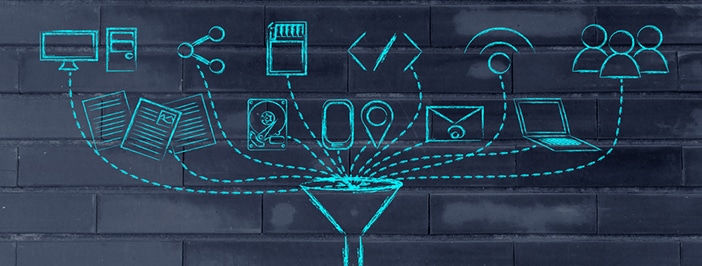Consumer-Grade File Sharing Puts Companies at Risk
You wouldn’t open a free checking account for your company or sign up for a personal insurance policy to cover your company’s business and auto insurance. So why do you choose a regular file-sharing product to run and protect your company and its data? Consumer-file sharing products put your company and its bottom-line at risk, […]
5 Business Technology Pioneers
Where would we be without technology? From the World Wide Web to the Smartphone and everything in between, technology has changed the shape of the world and has complete transformed the way that humankind does virtually everything. Now it’s possible to order a pizza while riding the subway and book a hotel room while driving.
One thing is for sure, however; technology would not be anything it is today if it weren’t for the business technology engineers who shaped it. While there are so many individuals who have helped to shape and change this industry, here’s a look at five of the most influential pioneers.
- Mark Zuckerberg –You can’t even buy a package of gum without seeing that iconic blue ‘F’ for Facebook. With billions of users, and millions more new users joining the social media yearly, Mark Zuckerbereg, the creator of the social media giant, is, without a doubt, one of the most notable business technology pioneers.
- Sergey Brin and Larry Page – The Stanford University graduates co-created the world’s largest search engine – Google. Together, the two came up with the idea to create a search engine that would provide users with precisely what they were looking for and limited the amount of time that they would have to spend looking for what they wanted to find. Today, Google powers so many facets of the World Wide Web and technology that it the word ‘Google’ has become a verb.
- Bill Gates – At just 19 years old, Bill Gates created one of the first software companies for personal computers in the world. At 24, he joined forces with Paul Allen, and together, the two struck a deal that was pure gold. The duo went into business with IBM and completely transformed the way that the World Wide Web operated. Today, Gates is one of the richest people in the world.
- Steve Jobs –His name is synonymous with Apple, the company that he created. While Apple is certainly one of his greatest achievements, it’s not his only one; Steve Jobs also changed the animation industry when he pioneered and became the chairman of Pixar. He has single-handedly changed modern music, communication and entertainment.
- Thomas Watson Sr and Lou Gerstner – The pair, who both came from the working class, spearheaded a company that completely changed technology. Together, they created International Business Machines, better known as IBM, a computer technology and IT consulting corporation.




